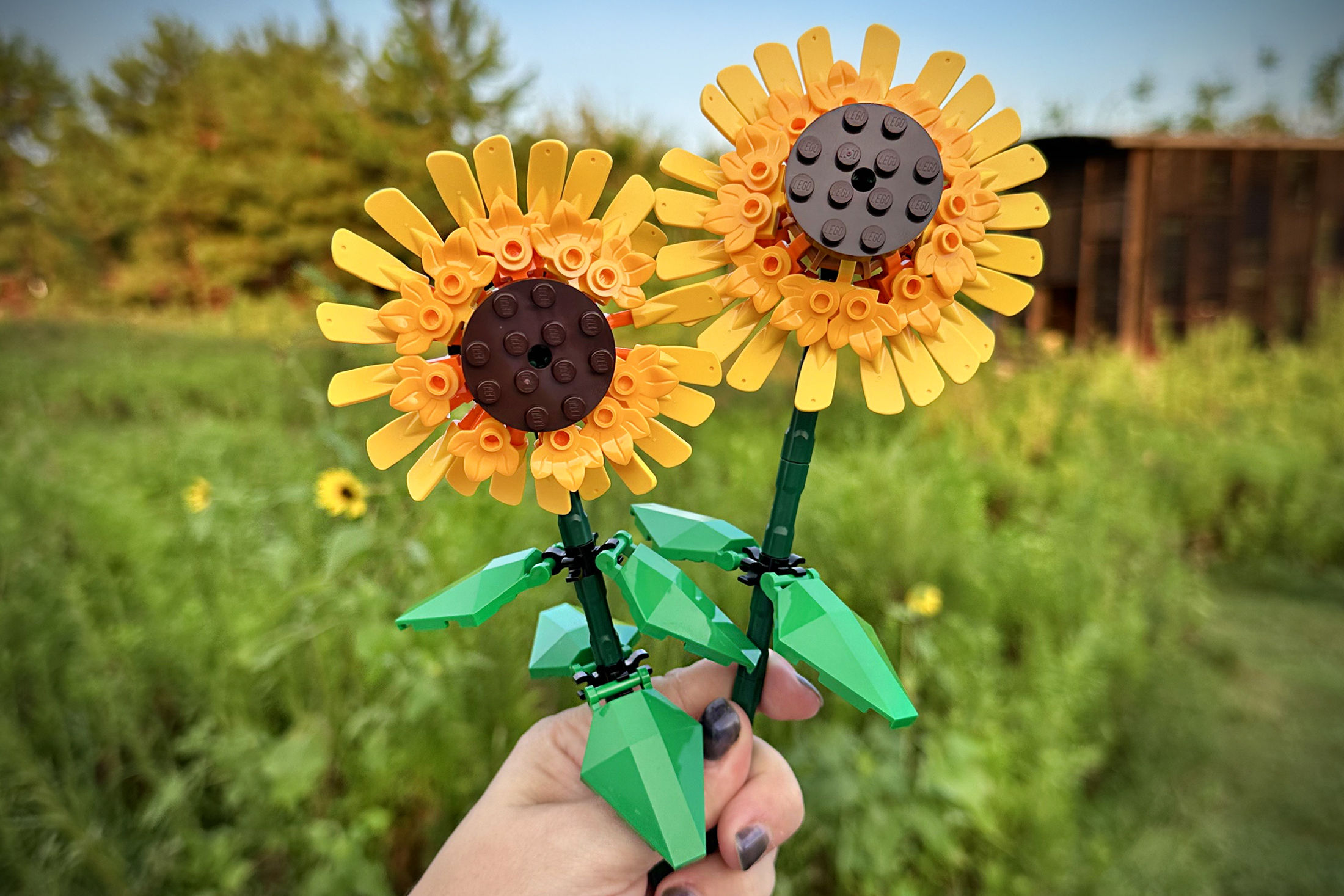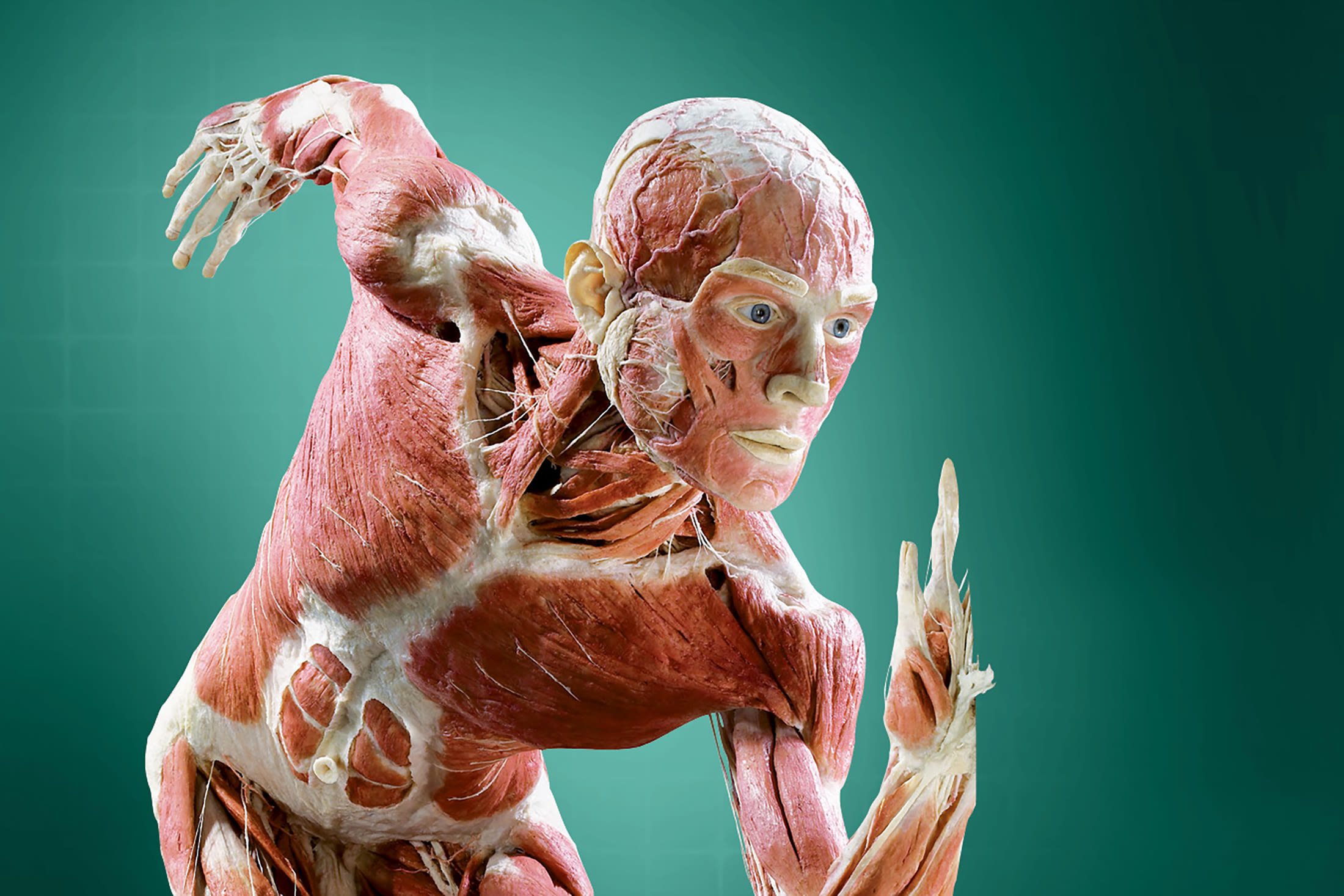Houston Toy Museum Embraces Childhood Nostalgia
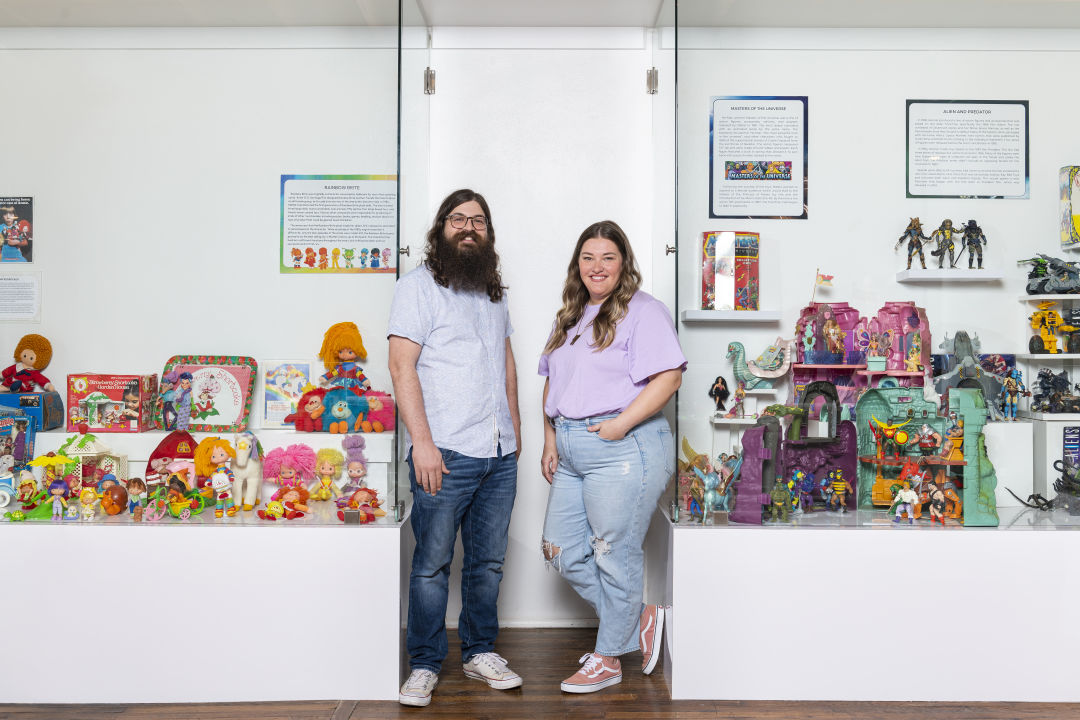
Image: Anthony Rathbun
Fifteen years ago, Matt Broussard began searching online for deals on toys he loved as a kid. Today those results are the Houston Toy Museum, opened in October 2022 in the former Retropolis space in the Heights.
The new museum hosts a veritable time warp of childhood: a teddy bear from the late 19th century, an original Magic 8-Ball, and one of the rarest G.I. Joe play sets in the world. Matt and his wife and cofounder, Sara Broussard, seek to tell the story of Houston through the playthings that kept us entertained and enchanted, while also placing these narratives into an overarching national and international cultural context.
“I think it’s important for everyone to be a collector of something, because it gives you appreciation for objects and history and looking at something a little bit differently,” Matt says. “Who made that? How many artists touched that? How many paths did it go through before it made it to the market?”
Houston Toy Museum’s passion for personal stories as they relate to humankind started with the Broussards’ own lives. Sara notes, “We both come from long lines of collectors, so we both have a love for old things and the history of objects.”
Sara’s grandparents’ Monopoly games, Barbies, and Beanie Babies all found their way into the museum’s holdings, and the couple’s favorite activities include attending estate sales, visiting antique stores, and heading off on road trips in search of overlooked treasures.
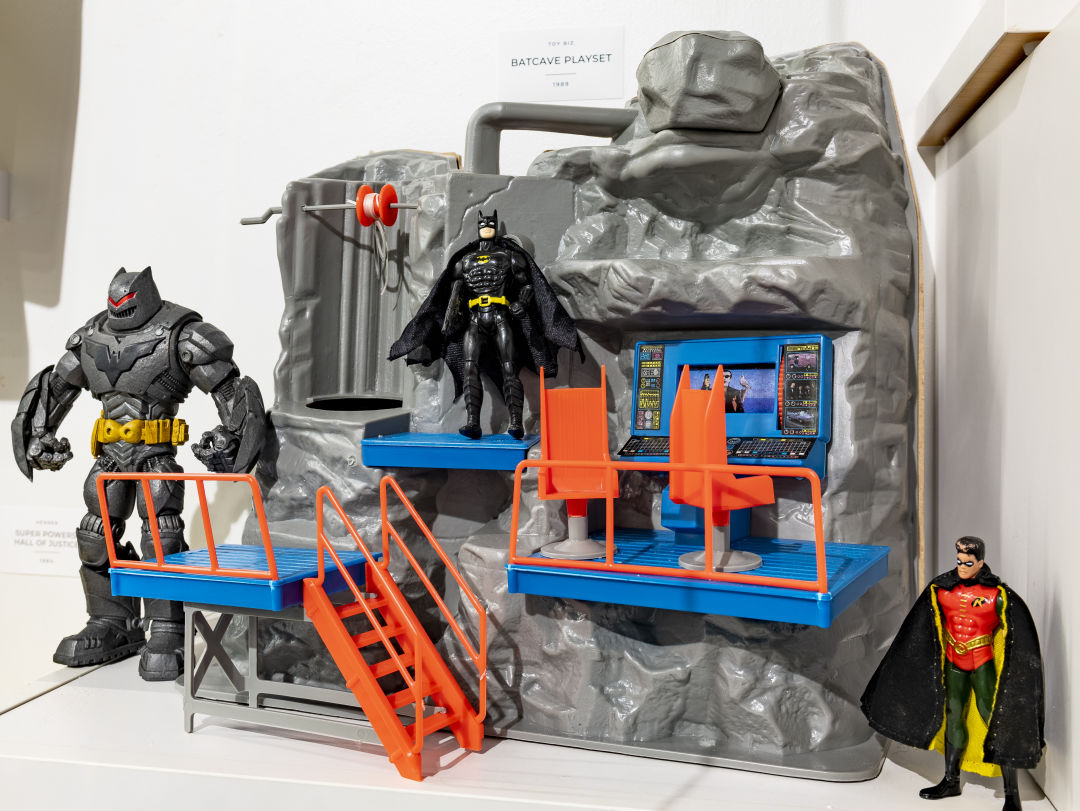
Image: Anthony Rathbun
One such treasure: an action figure of Robin from the Tim Burton Batman films. It’s from a film in which the Dark Knight’s acrobatic sidekick never actually appeared, though toys were produced anyway. Matt kept one as a “pocket toy” before the inevitable adolescent separation. His hope to revisit the simple pleasures of childhood, and the subsequent rabbit hole into seeking those long-forgotten toys out, sparked his collecting fervor.
From Robin came a curiosity toward buying toys that Matt never had an opportunity to explore in childhood. Then Sara suggested the idea of a museum. After all, collections are to be shared and loved. Toys in storage don’t get played with, nor can they educate or inspire or challenge those who interact with them to consider what the objects themselves are saying—both literally and figuratively.
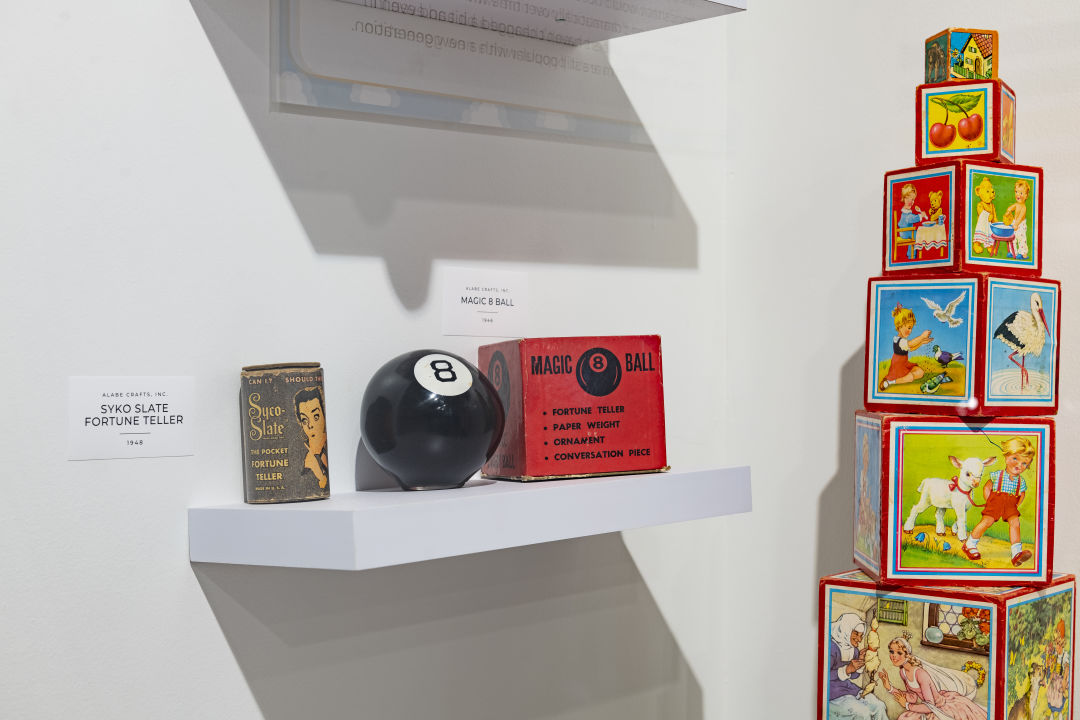
An original Magic 8-Ball and its cylindrical predecessor from 1948.
Image: Anthony Rathbun
Although the Broussards did pick up a few pieces for the museum on one of their beloved road trips, the majority of their over-18,000-strong collection—only 20 percent of which is currently on display—was sourced from the Houston area via vintage stores and estate sales. They muse over the potential approaches to a project retracing toys and lunchboxes, mostly those with names scrawled on them, back to their original owners.
Sara recalls the story of a vintage doll donated to the museum by the Houston Heights Association. The owner, a woman, was born sometime around 1912. Her son eventually gave the doll to the neighborhood organization before it ended up in the hands of the Broussards for preservation.
“[The son] included all of her information,” Sara says. “I have an Ancestry account and I looked her up. There’s this amazing photo of [the original owner] and her mom. They’re wearing 1920s dresses, cut low.”
Digging into the history of the city’s toys fosters a sense of community, the Broussards say—one that bridges past with present and raises questions about how our playthings grow up alongside us. Play, after all, doesn’t occur in a vacuum. Just as we imprint ourselves on our toys with crude marker doodles, our toys in kind introduce us to social concepts, both for good and for ill.
“We are big believers that you can tell a lot about history based on toys and society,” Matt says. After all, he adds “they only made toys that were accepted by society.”
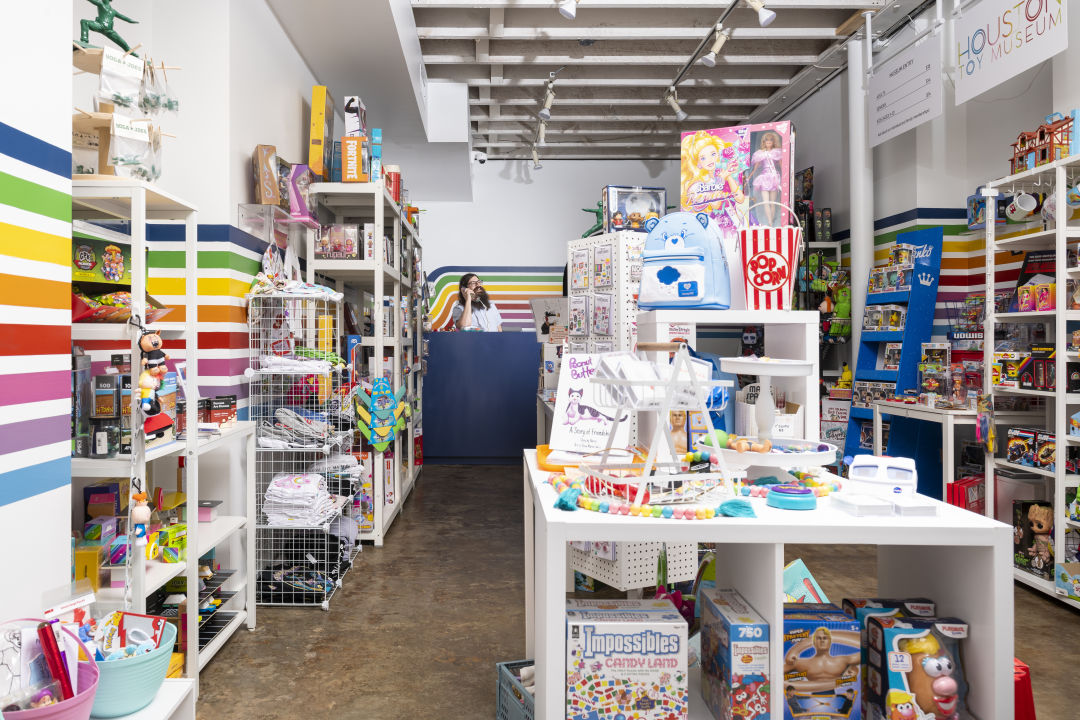
Of course, there's a gift shop.
Image: Anthony Rathbun
To illustrate Matt’s point, the museum’s exhibitions contextualize the time period in which they were created, examining how the objects both reflected and reinforced attitudes around gender and race. One includes a range of different Easy-Bake Ovens across the decades. The originals were marketed toward girls in order to prepare them for adult domesticity, but became more gender-inclusive with time (and criticism from Bobby Flay). Boys grow up to be accomplished chefs, too.

Image: Anthony Rathbun
Another exhibit of Western-themed toys directly addresses the country’s history of racism and how many vintage toys insensitively depict Indigenous people. The Broussards see this as responsible informational stewardship; shying away from it would risk allowing misconceptions to propagate. They don’t set out to change minds, but they do hope visitors will reflect on how, even what, we often dismiss as “escapism” has firm roots in reality.
At the end of the day, the social and cultural lessons the Broussards include in the Houston Toy Museum simply reinforce the overarching theme. Play is good, and everyone deserves an opportunity to feel like a kid again.
